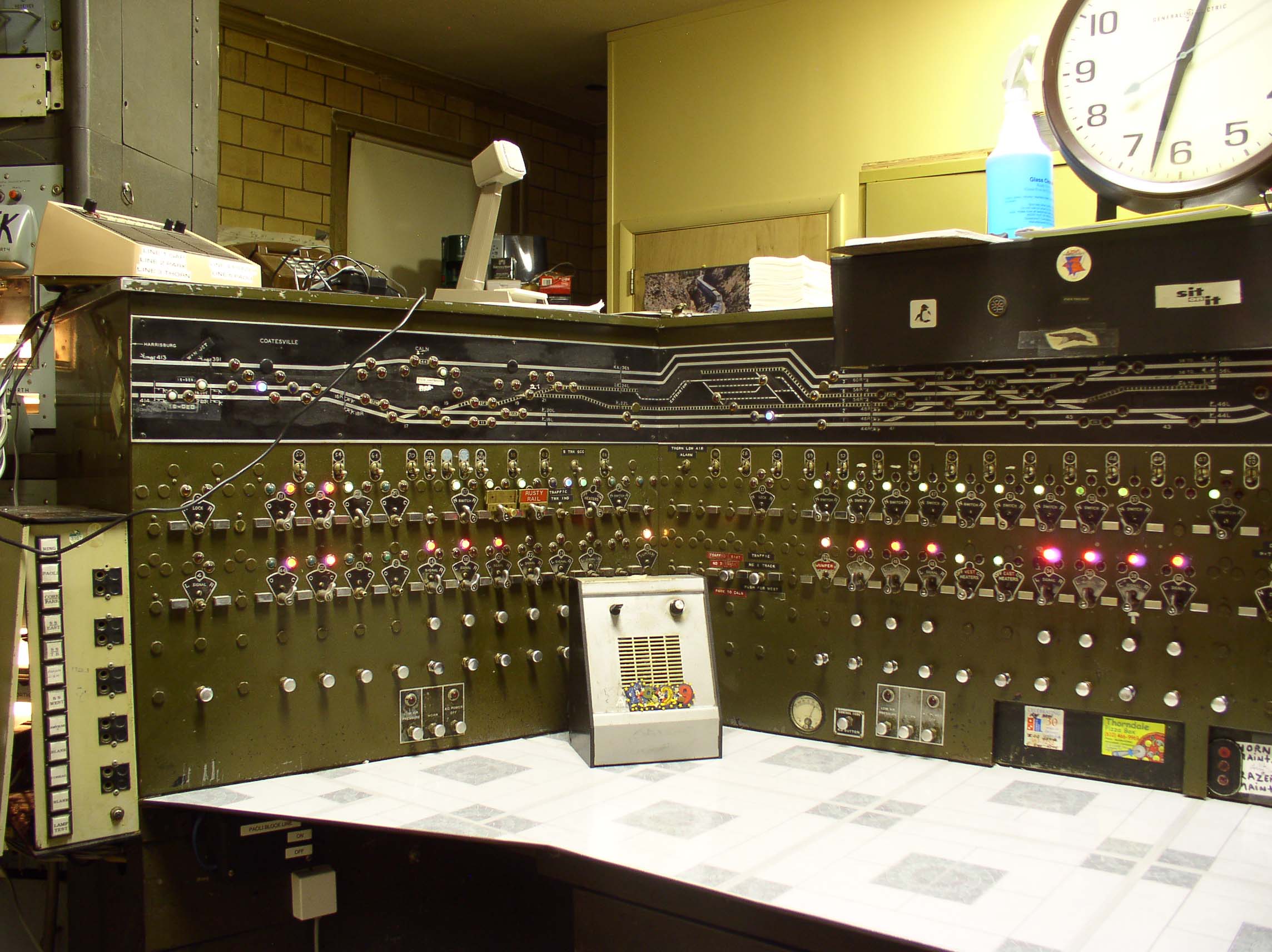|
Vakås Station
Vakås Station ( no, Vakås holdeplass) is a railway station on the Drammen Line located at Vakås in Asker, Norway. Situated from Oslo Central Station, it consists of an island platform and serves the L1 line of the Oslo Commuter Rail operated by Vy. The station served 155,000 passengers in 2012. The station was opened on 1 July 1957 as part of the doubling of the Drammen Line. History The Drammen Line past Vakås opened on 7 October 1872.Bjerke & Holom: 189 In 1916, during the process of electrifying the line, the route was rearranged from Vakås past Hvalstad, with the new route located slightly east of the old route. This was to give a good curvature to avoid the wooden viaduct at Hvalstad. From 1953 to 1958 the section of the line between Sandvika Station and Asker Station was converted to double track. Proposals for a station at Vaksås were launched as part of this work, although it was not approved by Parliament until 1954. As part of doubling work, Vakås Station wa ... [...More Info...] [...Related Items...] OR: [Wikipedia] [Google] [Baidu] |
Centralized Traffic Control
Centralized traffic control (CTC) is a form of railway signalling that originated in North America. CTC consolidates train routing decisions that were previously carried out by local signal operators or the train crews themselves. The system consists of a centralized train dispatcher's office that controls railroad interlockings and traffic flows in portions of the rail system designated as CTC territory. One hallmark of CTC is a control panel with a graphical depiction of the railroad. On this panel, the dispatcher can keep track of trains' locations across the territory that the dispatcher controls. Larger railroads may have multiple dispatcher's offices and even multiple dispatchers for each operating division. These offices are usually located near the busiest yards or stations, and their operational qualities can be compared to air traffic towers. Background Key to the concept of CTC is the notion of ''traffic control'' as it applies to railroads. Trains moving in opposite ... [...More Info...] [...Related Items...] OR: [Wikipedia] [Google] [Baidu] |
Railway Stations Opened In 1957
Rail transport (also known as train transport) is a means of transport that transfers passengers and goods on wheeled vehicles running on rails, which are incorporated in tracks. In contrast to road transport, where the vehicles run on a prepared flat surface, rail vehicles (rolling stock) are directionally guided by the tracks on which they run. Tracks usually consist of steel rails, installed on sleepers (ties) set in ballast, on which the rolling stock, usually fitted with metal wheels, moves. Other variations are also possible, such as "slab track", in which the rails are fastened to a concrete foundation resting on a prepared subsurface. Rolling stock in a rail transport system generally encounters lower frictional resistance than rubber-tyred road vehicles, so passenger and freight cars (carriages and wagons) can be coupled into longer trains. The operation is carried out by a railway company, providing transport between train stations or freight customer facili ... [...More Info...] [...Related Items...] OR: [Wikipedia] [Google] [Baidu] |
Railway Stations On The Drammen Line
Rail transport (also known as train transport) is a means of transport that transfers passengers and goods on wheeled vehicles running on rails, which are incorporated in tracks. In contrast to road transport, where the vehicles run on a prepared flat surface, rail vehicles (rolling stock) are directionally guided by the tracks on which they run. Tracks usually consist of steel rails, installed on sleepers (ties) set in ballast, on which the rolling stock, usually fitted with metal wheels, moves. Other variations are also possible, such as "slab track", in which the rails are fastened to a concrete foundation resting on a prepared subsurface. Rolling stock in a rail transport system generally encounters lower frictional resistance than rubber-tyred road vehicles, so passenger and freight cars (carriages and wagons) can be coupled into longer trains. The operation is carried out by a railway company, providing transport between train stations or freight customer faciliti ... [...More Info...] [...Related Items...] OR: [Wikipedia] [Google] [Baidu] |
Railway Stations In Asker
Rail transport (also known as train transport) is a means of transport that transfers passengers and goods on wheeled vehicles running on rails, which are incorporated in tracks. In contrast to road transport, where the vehicles run on a prepared flat surface, rail vehicles (rolling stock) are directionally guided by the tracks on which they run. Tracks usually consist of steel rails, installed on sleepers (ties) set in ballast, on which the rolling stock, usually fitted with metal wheels, moves. Other variations are also possible, such as "slab track", in which the rails are fastened to a concrete foundation resting on a prepared subsurface. Rolling stock in a rail transport system generally encounters lower frictional resistance than rubber-tyred road vehicles, so passenger and freight cars (carriages and wagons) can be coupled into longer trains. The operation is carried out by a railway company, providing transport between train stations or freight customer faciliti ... [...More Info...] [...Related Items...] OR: [Wikipedia] [Google] [Baidu] |


